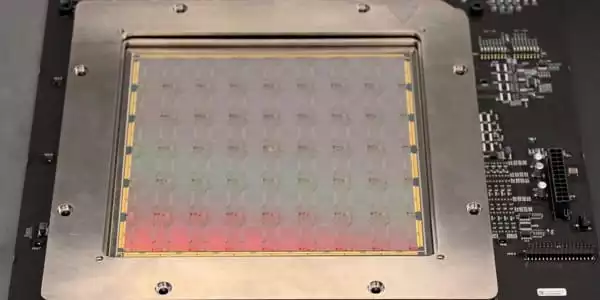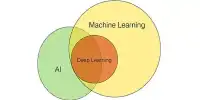A smart pulse-shaper integrated on a chip has been developed by scientists. Because of advances in nanoelectronic networks and smart materials, the deployment of ultra-broadband and low-latency network infrastructure, such as 5G, is ushering in a new era of global digitalization in a variety of domains. The resulting techno-economic trends will persist and even accelerate in the coming decades, culminating in the development of 6G and smart networks and services.
Furthermore, quantum optical communications will destabilize traditional information communication and telecommunications systems. The use of novel and advanced material systems, as well as devices capable of realizing tunable optical attributes and non-reciprocal wave transmission, is thus critical for developing key performance indicators (KPI) and network architectures for 6G mobile networks beyond 2030.
Our daily lives rely on optical technologies, from the internet to fiber or satellite communications and medical diagnostics. These technologies transfer, retrieve, or compute data using optical pulsed sources. Gaining control over optical pulse shapes paves the way for future advancements.
In collaboration with Professor Roberto Morandotti of the Institut national de la recherche scientifique (INRS), PhD student Bennet Fischer and postdoctoral researcher Mario Chemnitz created a smart pulse-shaper integrated on a chip. With astonishingly low technical and computational requirements, the device output can automatically adjust to a user-defined target waveform.
An Innovative Design
For user-friendliness, an optical waveform generator should autonomously output a target waveform, minimizing the experimental requirements for driving the system and reading out the waveform to facilitate online monitoring. It should also be long-lasting, with low losses, fiber connectivity, and maximum functionality.
Practical imperfections, such as individual device fidelities, among other things, degrade the performances available from those initially designed or simulated for. “We discovered that evolutionary optimization can assist in overcoming the inherent design limitations of on-chip systems, thereby elevating their performance and reconfigurability to a new level,” the postdoctoral researcher says.

Machine Learning for Smart Photonics
This device was developed in tandem with the recent emergence of machine learning concepts in photonics, which promises unprecedented capabilities and system performance. “The optics community is eager to learn about new techniques and smart device applications. In this paper, we present an interconnected set of machine-learning enabling methods that are highly relevant to both the technical and academic optical communities.”
The researchers used evolutionary optimization algorithms to repurpose a programmable photonic chip beyond its original purpose. Evolutionary algorithms are computer programs inspired by nature that allow for the efficient optimization of many-parameter systems while using significantly less computational resources.
This ground-breaking study was published in the journal Optica. “It is critical for our careers as young researchers, PhDs, and postdocs that our research is visible and shared. As a result, we are truly grateful and overjoyed that our work has been published in such an outstanding and interdisciplinary journal. It fuels our desire to keep working and looking for even better implementations and game-changing applications. It validates our efforts and is simply a great honor” Mario Chemnitz says.
The team’s next steps will include looking into more complex chip designs. The goal is to improve device performance as well as optical sampling on-chip integration (detection scheme). In terms of terms, they could provide a single compact, ready-to-use device.
















